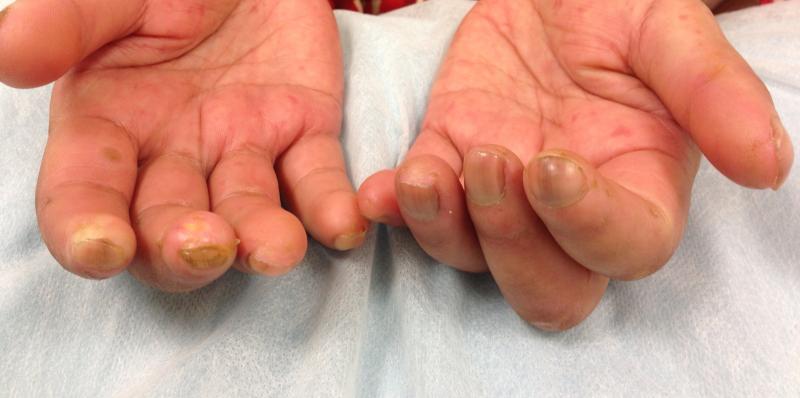
Experts worldwide support the updated recommendations for the treatment of systemic sclerosis (SSC) as shown by their high agreement, reports a study. Differences in agreement are partially due to geographical area and treatment availability.
An online survey was conducted to assess the level of agreement (10-point scale: 0 = not at all, 10 = completely agree) and local drug availability (yes/no). The link to the survey was shared with 481 unique e-mail addresses and SSc networks (ie, Scleroderma Clinical Trials Consortium, Australian Scleroderma Interest Group, International Systemic Sclerosis Inception Cohort). The investigators then compared the level of agreement between subgroups stratified for participant characteristics.
Of the 263 experts who participated in the survey, 209 (79 percent) completed each single item. Most of the participants were rheumatologists (n=200; 76 percent) working in Europe (n=185; 71 percent). More than half were EUSTAR members (n=156; 59 percent) and had >10 years of clinical experience (n=151; 57 percent). Overall, there was high level of agreement (mean, 8.0) among experts.
The three highest mean agreements were as follows: angiotensin-converting enzyme inhibitors for scleroderma renal crisis (mean, 9.2), blood pressure control in SSc-patients treated with corticosteroids (mean, 9.0) and proton pump inhibitors to prevent reflux complications (mean, 9.0).
In contrast, the three lowest mean agreements included the following: fluoxetine for Raynaud phenomenon (RP; mean, 4.6), haematopoietic stem cell transplantation (HSCT) for severe SSc (mean, 7.1) and phosphodiesterase type 5 inhibitors for RP (mean, 7.3).
Furthermore, a difference in agreement was noted between Europe and non-Europe experts regarding the use of iloprost, bosentan, methotrexate, HSCT and cyclophosphamide. The differential agreement for iloprost, bosentan and HSCT could be partially explained by the availability of these drugs.